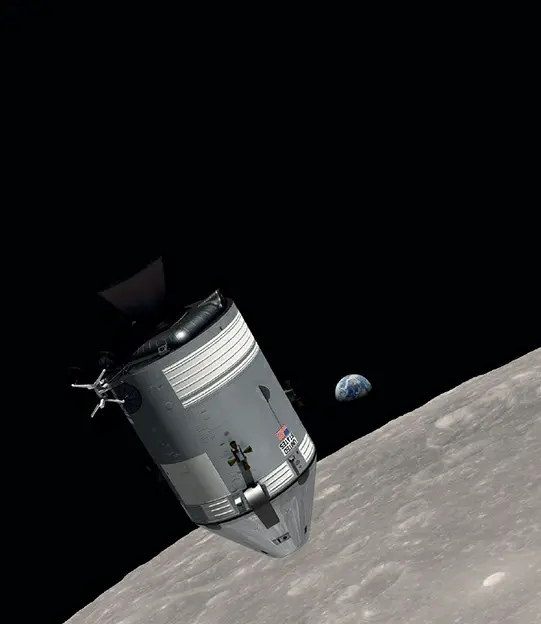The monumental feat of breaking free from Earth’s gravity, a realm only traversed by unmanned spacecraft until the late 1960s, was finally achieved by the courageous crew of Apollo 8. On December 21, 1968, astronauts Frank Borman, Jim Lovell, and Bill Anders made history as the first humans to escape Earth’s gravitational influence. Their mission was a critical step in the Apollo program, aimed at proving the capability of spacecraft, navigation, and life-support systems for lunar missions.
The Apollo 8 mission is etched in history not just for its groundbreaking journey but also for the iconic “Earthrise” photograph. This image, capturing the Earth rising over the Moon’s horizon, became a symbol of our planet’s beauty and vulnerability, overshadowing the earlier black-and-white version from Lunar Orbiter I in 1966.
Following Apollo 8, twenty-one more astronauts ventured beyond Earth’s gravity in subsequent Apollo missions, culminating with Apollo 17 in 1972. However, since then, human space travel has been confined to low Earth orbit, within 1,200 miles (2,000 kilometers) of Earth’s surface, due to the retirement of the Saturn V rocket and shifting priorities in space exploration.
Today, a renewed interest in deep space travel is taking shape. NASA’s Space Launch System, envisioned as the successor to the Saturn V, began assembly in 2014 and is poised for its inaugural flight. This resurgence in space exploration holds the promise of not just returning humans to the Moon but also potentially reaching Mars and other celestial destinations.

